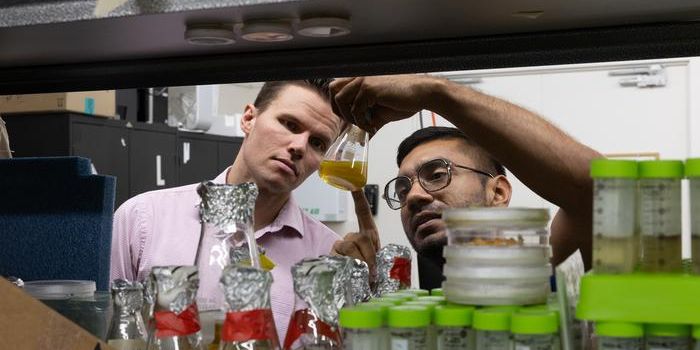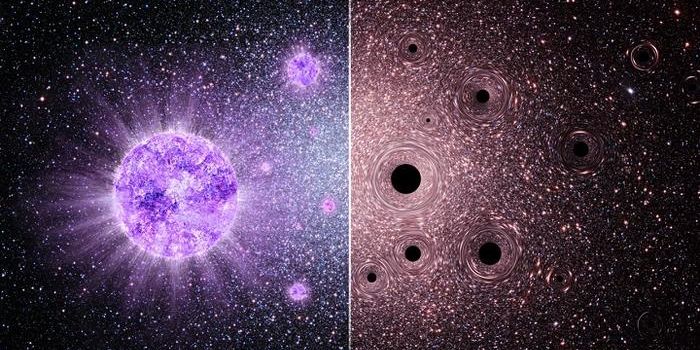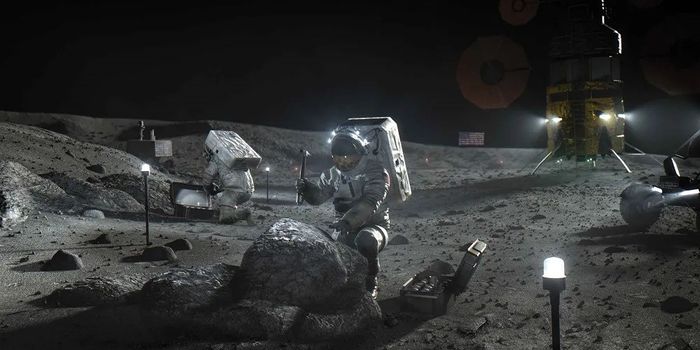New Extraction System Pulls Water Out of Bone-Dry Air
Water scarcity problem is no longer just an issue for small, isolated communities. Climate change, over-consumption, and deforestation are among the factors that are altering patterns of weather and water distribution around the world, causing shortages and droughts in some areas and floods in others. Scientists are racing against the clock to find solutions. While some look to reducing waste, unnecessary usage and pollution, others are trying to find water out from the unexpected source.
About one year ago, researchers at MIT and UC Berkeley came up with a concept for constructing innovative water extracting device. Now with some significant improvements over the initial design, they have proved that the extraction device can work via a field test in a bone-dry Arizona desert, confirming the potential of the new method.
For the system to work, it requires nothing more than air and sunlight. Inside, it uses new high-surface-area materials called metal-organic frameworks (MOFs) as a “water trap”. MOFs are a type of coordination polymers consisting of metal ions or clusters coordinated to organic ligands. They can form one-, two-, or three-dimensional structures, often with porous cavities within the framework. Within the water extracting device, dust-like MOF crystals are sandwiched between a solar absorber and a condenser plate. Water molecules from ambient air get trapped by porous cavities of MOF. Sunlight entering through a window heats up the crystals and moves the bound water toward the condenser, where the vapor can be condensed as liquid water and drips into a collector.
Current methods for extracting water from air require much higher humidity levels. The fog-harvesting methods need 100% humidity, whereas dew-harvesting methods like the one used in your fridge and AC units require above 50%. Working perfectly fine at humidity as low as 10%, the new system could potentially fill an unmet need for water even in the world's driest regions.
The updated device and their test results were recently reported in the journal Nature Communications.
Not only does this system work at lower humidities than dew harvesting does, says Sameer Rao an MIT postdoc and a co-author of the work. Dew harvesting systems require pumps and compressors that can wear out, whereas "this has no moving parts. It can be operated in a completely passive manner, in places with low humidity but large amounts of sunlight."
Commenting on the future direction of their study, Evelyn Wang, an MIT Engineering Professor and the senior author of the paper, said: "We hope to have a system that's able to produce liters of water." These small, initial test systems were only designed to produce a few milliliters, to prove the concept worked in real-world conditions. She and the team want to see water produced in much greater quantity and eventually to have scaled up devices to supply water for individual households.
Newly Developed Device Creates Water from Dry Air. Credit: Wall Street Journal









